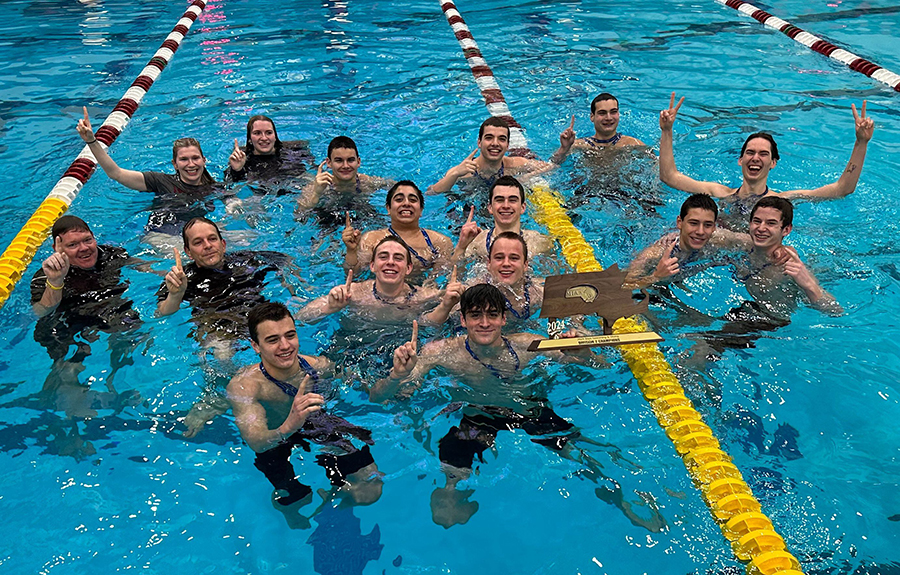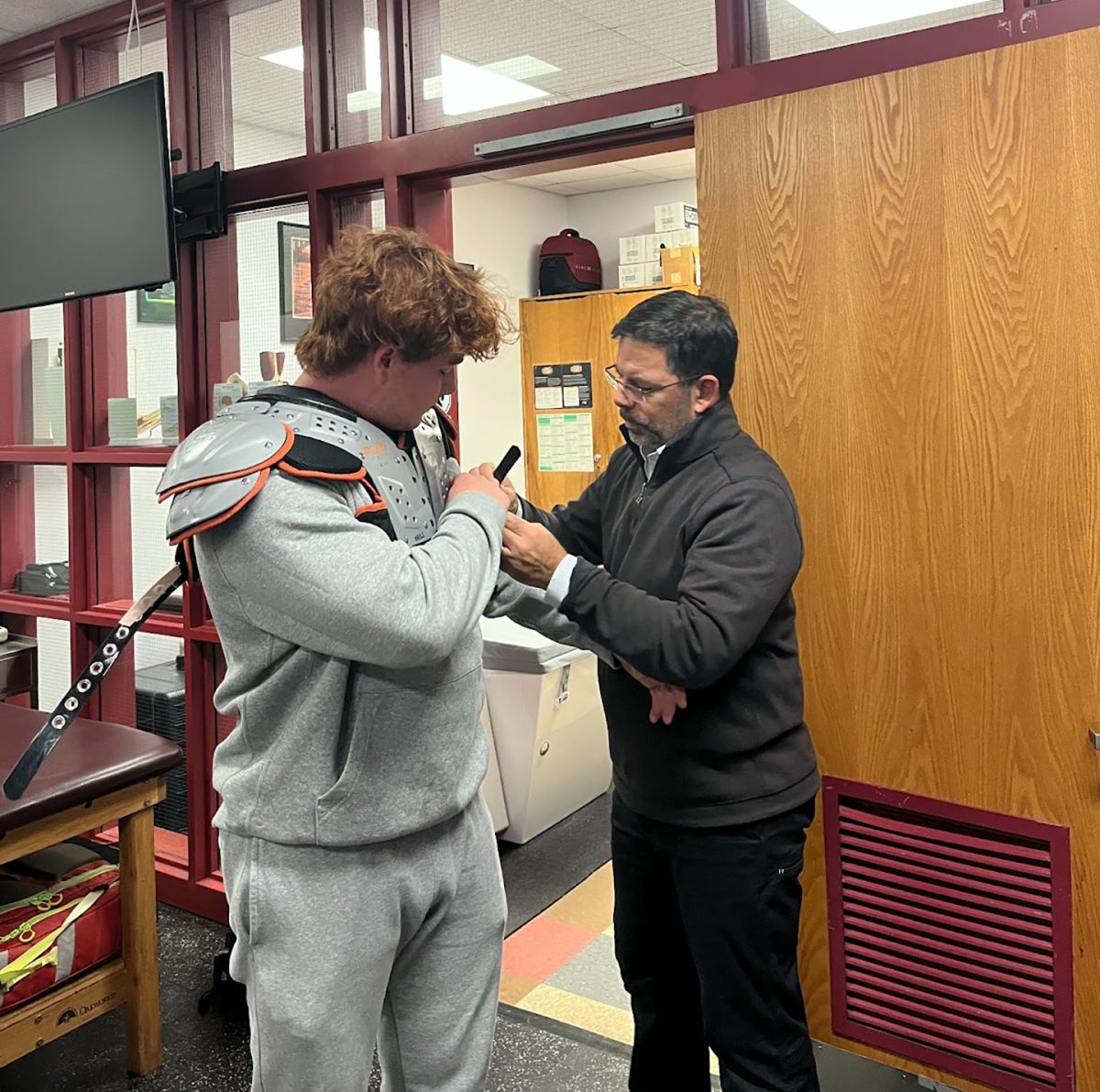In the world of high school athletics, the jump from junior varsity (JV) to varsity can bring both excitement and challenges. Knowing that tougher competitors and higher stakes exist at the varsity level, a few athletes have taken advantage of the opportunity when called up to make an impact on their team.
Sophomore Sam Doolittle from the boys’ soccer team was one of the fall players who was called up from JV to varsity. After his time on varsity, he learned some important lessons.
“You’ve got to put in the work, and eventually your hard work will pay off,” said Doolittle. “By that I mean you should be prepared to focus on the ball and the ball alone.”
For many, reaching varsity is no small feat. It includes spending long hours pushing their limits, especially in the spring and summer, practicing technical skills and conditioning.
“I did a lot of running and worked on my ball control,”said Doolittle. “Passing with precision, moving the ball around the field–it all became second nature after putting in the work.”
While players push themselves to improve, the coaches are tasked with identifying those who are ready for the next level.
“If you’re playing on JV, you really need to be the best player on the field to move up,” girls varsity soccer coach John Power said. “It’s not just about playing well; it’s about playing at a consistently high level. You need to have skills like passing with speed and accuracy while having instant control of the ball.”
Other coaches look not only for physical ability but also the required mentality. They emphasize the importance of having a strong mental attitude, which includes confidence, resilience, and the ability to take risks. This mental toughness is crucial for athletes to perform under pressure and to push through challenging situations.
“You need confidence to go out there and work really hard and to take risks, to do things that you haven’t done before,” said girls varsity soccer assistant coach Sara Osborn. “Like to shoot from farther out or to take on a defender on the dribble or as a goalie to come out on a breakaway or to save a penalty kick.”
The athletes who are chosen by coaches to make the move are not always anticipating the call.
“I wasn’t expecting [to make varsity] at first, but then I looked back and realized that I stayed overtime, ran until I almost threw up, and broke my limits every time we had practice,” said sophomore Kevin Han, varsity cross country and track . “I think it was worth it.”
For some athletes, the shift that led to the move up to the varsity level could only come after a careful assessment of priorities. This means that an athlete must be able to balance multiple commitments and still excel in their sport.
“Cross country and track were not my main points of focus on my schedule,” Han said. “When I decided to commit to [track], I just found ways to make my schedule work around it, and I think that level of commitment is what got me in varsity.”
This mindset is almost exactly what the track coach John Monz identifies as the criteria for someone to be moved up to varsity.
“If I see you at practice every day and I see you trying your hardest, welcome to varsity,” said Monz.
The journey from JV to varsity is a testament to the hard work and dedication of young athletes. It is a journey that requires not only physical prowess but also mental fortitude, confidence, and a commitment to excellence. Athletes who make this transition are not only improving their skills but also developing important life skills that will serve them well beyond their high school years
“If you have good speed, skill and mindset, I think varsity is where you belong,” said Osborn.



